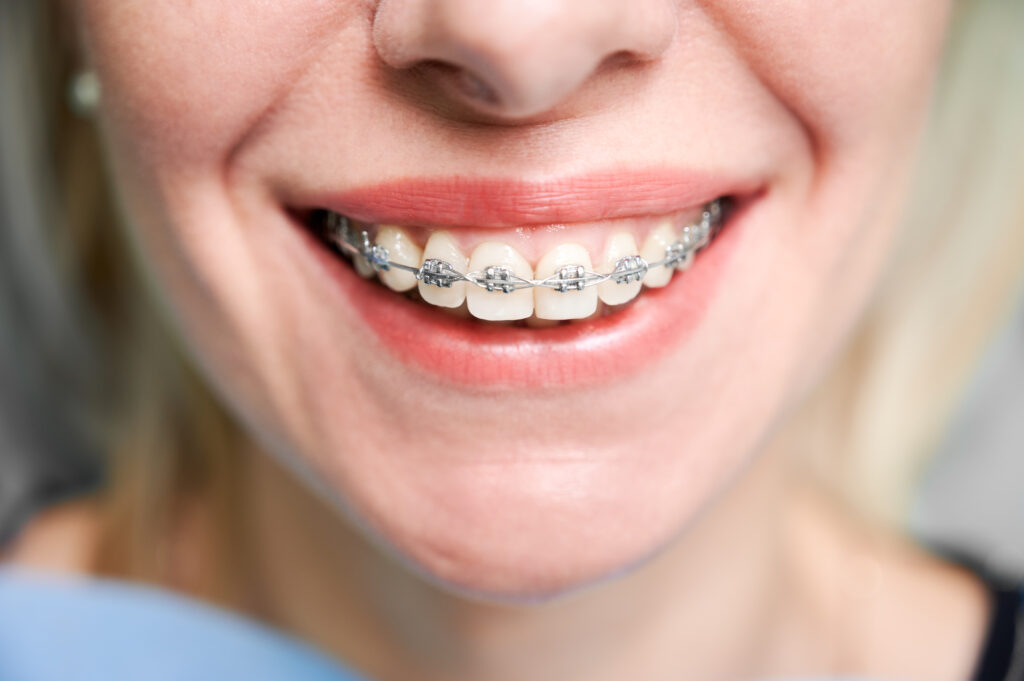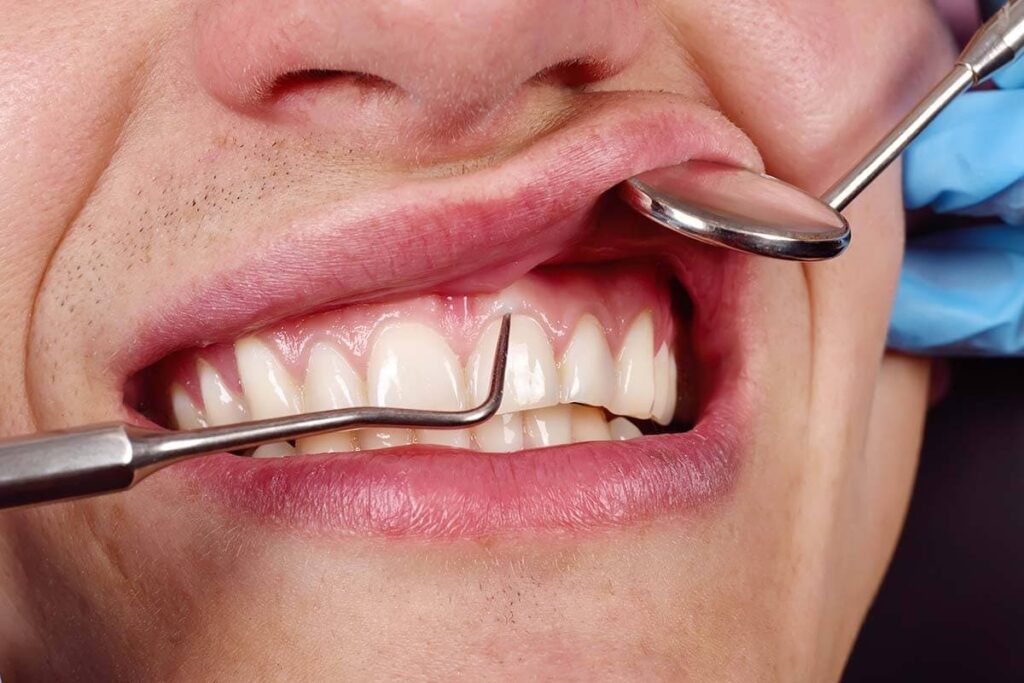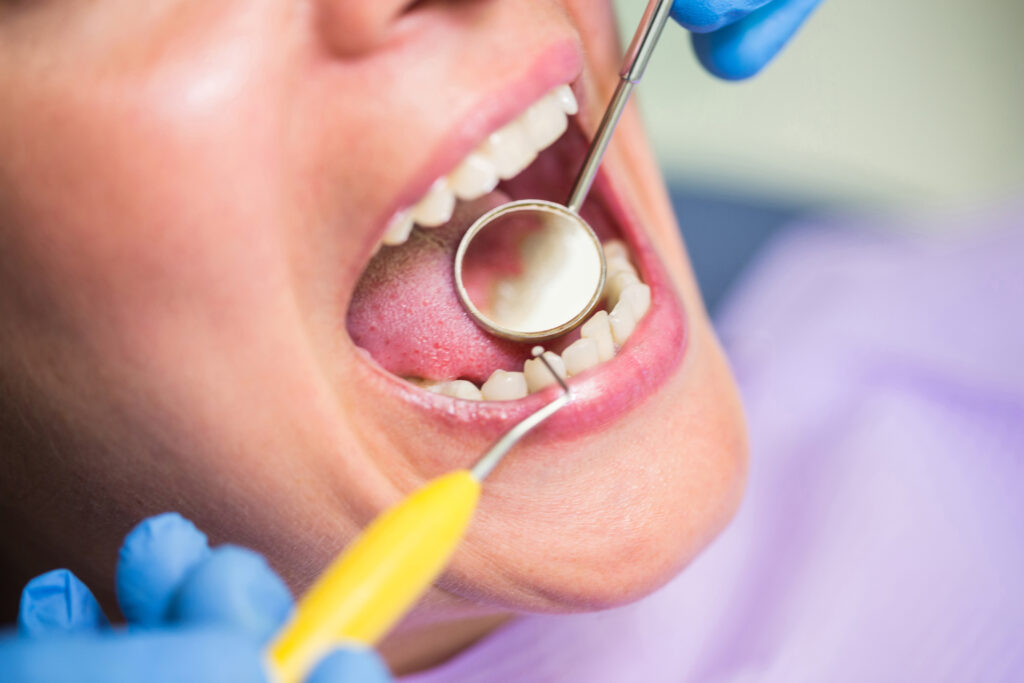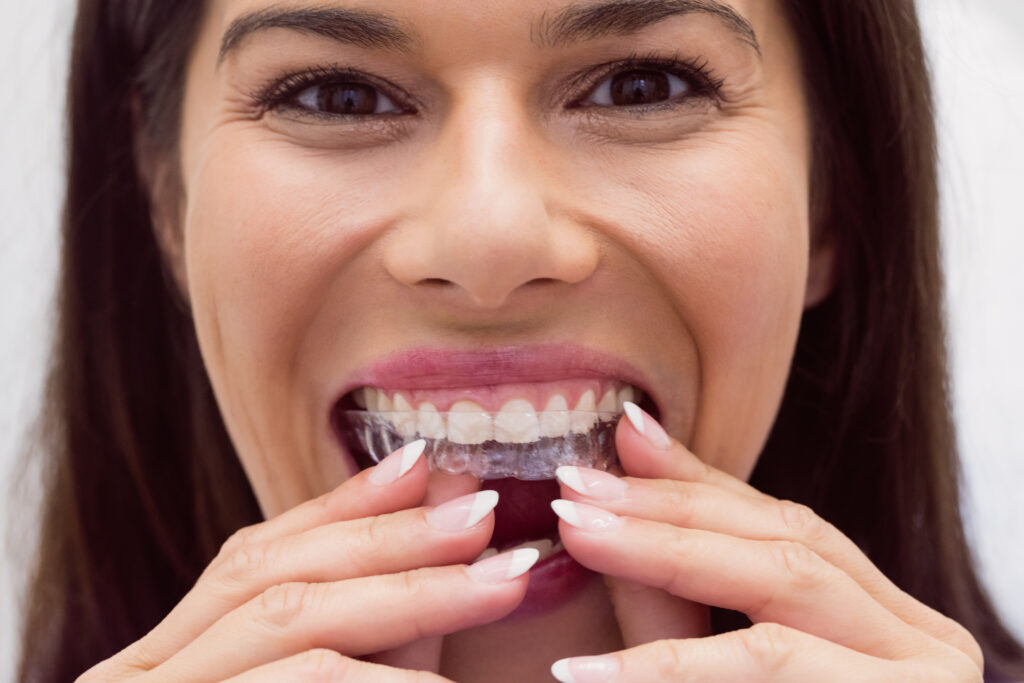Sports bring excitement, fitness, and teamwork to millions of people—but they also pose risks to teeth, gums, jaw joints, and soft tissues. Understanding the Impact of Sports on Dentistry is vital. A blow during a game can cause a chipped tooth, damaged lips, a dislocated tooth, or a cracked jaw. In addition to physical pain and emotional distress, these injuries can lead to years of dental work. This blog explores how dental professionals help prevent and treat sports-related injuries, with steps every athlete, coach, or parent can follow.
Why Sports-Related Dental Injuries Happen
Common Sports and Types of Trauma
Contact sports such as rugby, ice hockey, American football, boxing, basketball, and field hockey carry high risks of dental trauma. Even in sports without direct contact—such as skiing or skateboarding—a player may fall and hit the face. Mouthguards are often neglected outside of the most obvious high‑contact disciplines.
Risk Factors in Players
Younger athletes—especially those aged 7 to 13—are at higher risk because of mixed dentition and ongoing physical growth. Boys tend to show more dental injuries than girls, partly due to different play styles. A protruding upper front tooth or wide gap between lips and teeth (high overjet) also raises the risk, since those teeth are more exposed.
Preventing Injuries Through Dental Care
Mouthguards as the Front Line of Defence
Wearing a mouthguard makes a huge difference. Without a mouth guard, athletes are 60 times more likely to hurt their teeth. The American Dental Association recommends mouthguards for 29 sports, including non‑contact events like gymnastics and cycling.
Types of Mouthguards
- Stock mouthguards are pre-made in standard sizes, which can cause poor fit and dislodgement.
- Boil‑and‑bite models soften in hot water and can be shaped in the mouth. They offer a bit more protection but still lack precision.
- Dentist-fitted mouthguards are customized to fit each individual’s bite and arch. Studies show these offer the best shock absorption, retention, comfort, and breathing support.
How Mouthguards Reduce Injuries
A well‑fit guard dissipates the force of a blow across the teeth and jaw, reducing the chance of fractures, tooth loss, and jaw injuries. It also helps prevent soft‑tissue cuts or cheek and lip injuries. Research suggests that hydrating the fluids around the jaw may reduce concussion-causing forces, but this is not proven.
Player and Coach Education
Knowledge is as important as equipment. Dental experts urge schools, teams, and parents to reinforce a “no mouthguard, no play” rule—even at training sessions. Fewer than half of youth players use guards, although most are aware of their benefits.
Regular Dental Check‑ups and Monitoring
Over time, changes in the mouth—such as growing teeth or new orthodontic work—can make a previously well‑fitted guard ineffective. Annual dental exams help update guard fit and allow early identification of vulnerabilities.
Treating Injuries When They Occur
Emergency Response
Knocked‑Out Tooth (Avulsion)
If a permanent tooth becomes dislodged, time is critical. Handle it by the crown (not the root), rinse it gently without scrubbing, and keep it moist in milk, saliva, or saline. Take the athlete and tooth to a dentist within one hour for the best chances of replantation. Baby teeth should never be replanted.
Fractured or Displaced Teeth
Cracks may involve enamel, enamel and dentin, or even pulp. Loose (subluxated) or displaced (luxated) teeth need assessment: sometimes they can be repositioned, splinted, and monitored over a few weeks, while more severe injuries may require root canal treatment. Soft‑tissue lacerations around the injury should be cleaned and sutured.
Role of Sports Dentistry Specialists
A sports dentist is trained to treat dental trauma quickly and effectively. Their role includes:
- Designing and fitting professionally made mouthguards
- Offering emergency care and planning follow‑up treatment
- Educating teams, schools, or clubs on mouthguard use and dental injury awareness
- Monitoring long‑term effects like root resorption or jaw misalignment after trauma
How Dentistry Evolves with Sports Needs
New Materials and Smart Devices
Emerging guard designs use flexible sensors that measure head impacts. These electronic mouthguards aim to give coaches real‑time data on force exposure and concussion risk, helping refine training and reduce repeated head trauma.
Dentists also explore new materials with better shock‑absorbing properties, less bulk, and breathability, while meeting safety standards like ASTM F697 or ANSI/ADA specifications.
Long‑Term Support for Athletes
Following trauma, athletes may need prosthetics, implants, or orthodontic care over the years. Sports dentists help plan these treatments, monitor changes in bite or jaw function, and guide decisions on restoration timing to align with ongoing sports participation.
Impact of Sports on Dentistry
The Impact of Sports on Dentistry is clear: sporting activities bring a high risk of tooth, gum, jaw, and soft-tissue injuries—but such harm is largely preventable. Mouthguards remain the most effective defence. Paired with timely dental care, proper first aid, and access to sports dentistry expertise, athletes can avoid pain, prevent costs, and continue playing with confidence. Every athlete—whether in contact sports, high‑velocity games, or recreation—can benefit from smart dental protection.






